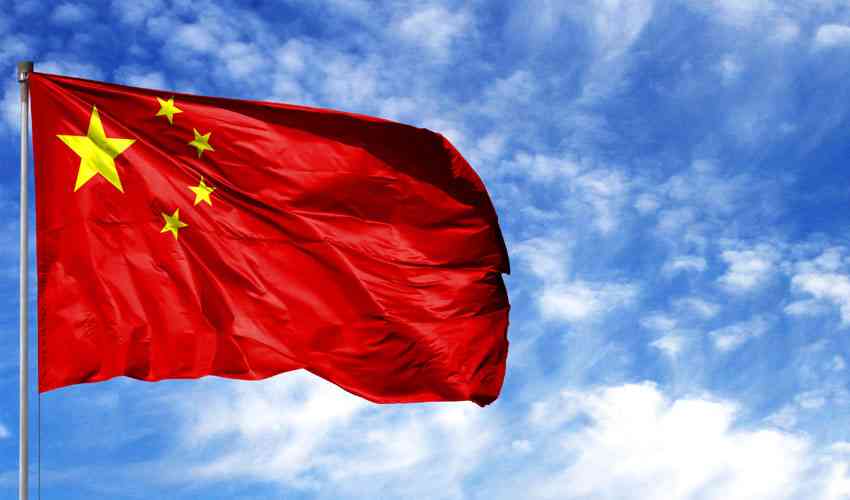
2023 did not provide any succour to a China that was straining to come out of the Covid pandemic, neither on the domestic front nor on the external front.
China itself was mostly responsible for it. Its economic restructuring toward “medium-high” growth and political restructuring toward an over-centralised authority are not yielding results domestically. Nor was China able to enhance its global standing despite dishing out slogans like “community of common destiny”. To be sure, China has not run out of steam. But the juggernaut is slowing down.
The China rise story over the last 40 years has been based on economic and military growth, with help from the US and others. It maintained 10% GDP growth rates in the 1990s, which fell to 7% in the 2010s. Last year, it struggled to do 3.3%; and this year’s target of 5.5% hardly looks achievable given the real estate bust, youth unemployment, mounting local debt, the manufacturing sector’s sluggish performance, ageing of the society. The tariff wars with the US are sapping China of its future growth potential, specifically in the hi-tech sectors. Xi’s Covid lockdowns have worsened things for China.
China has also maintained 10% real increases in defence allocations since the 1990s, transforming its military equipment, reflected in its navy and air forces, besides developments in nuclear, ballistic missile and hypersonic vehicles. However, despite brandishing its military wares in the Taiwan Straits over the past year, its lack of combat experience since the disastrous war with Vietnam in 1979 is staring at it. With uncertainty in the Ukraine conflict, China is weighing the costs of undertaking action on Taiwan, although it is likely to escalate rhetoric as Taiwan heads for elections in January.
The confrontation with India in Ladakh is settling down into an “armed co-existence” paradigm at best, and Beijing is reckoning with the high costs of a four-front war scenario -- on Taiwan, Senkaku, South China Sea, and on the Himalayan front with India.
While President Xi Jinping told visiting US Senate majority leader Chuck Schumer in October that the “Thucydides trap” between the US and China “is not inevitable”, his party congresses in 2017 and 2022 clearly identified the US as an adversary. Xi reiterated his position that there is “enough space” for both the US and China, an accommodation he is unwilling to make for Japan, Vietnam, Philippines, India or other Asian countries.
The Biden-Xi meeting in San Francisco in November appears to have brought a measured truce between the two largest economies, but at best a temporary one, given the structural differences and China’s ambition to replace the US on the world stage. China’s climbdown at the meeting on the Taiwan issue will have domestic political complications as Communist Party factional struggles intensify.
China forming its own ‘quad’ -- Pakistan–Russia-Iran-China (PRIC, oops!) – in its bid to replace the US (and Israel) in West Asia and beyond is another farfetched gambit. While China may have benefited on the Xinjiang issue in the eyes of Islamic countries by supporting indirectly Hamas and Houthi actions, it may lose out on hi-tech military transfers from Israel.
- The brains behind Matavire’s immortalisation
- Red Cross work remembered
- All set for inaugural job fair
- Community trailblazers: Dr Guramatunhu: A hard-driving achiever yearning for better Zim
Keep Reading
The Ukraine conflict brought dividends for China in terms of energy imports from Russia and strengthening multipolarity, though from a medium- to long-term perspective, the gains are marginal. The intended dividends of supporting Russia in the war have not been big for Beijing.
All of China’s biggest trading partners -- the US, Europe, the ASEAN, Japan and South Korea – are upset over its aggressive behaviour. This will have consequences for its economic growth as the inward-looking economic restructuring in the 14th Five Year Plan is not yielding results. China, it seems, unveiled its agenda of “occupying the centre-stage” too early.
While most economic and technical indicators of China do not show a drastic decline, nor have its foreign policy initiatives folded up, Beijing faces serious constraints in expanding structural power, partly due to its authoritarian leadership, domestic dissent, and its hobnobbing with fellow authoritarian (and failing) regimes across the world in its bid to counter the US.
China is facing a moment of hubris, a strategic decline in 2023, just as India’s prospect is beginning to look up. India has not only replaced China as the “fastest growing major economy” but also as the world’s most populated country, with its demographic implications for decades to come. While India does require structural and sustained growth for decades to reach where China is today, the signals are unmistakeable.






